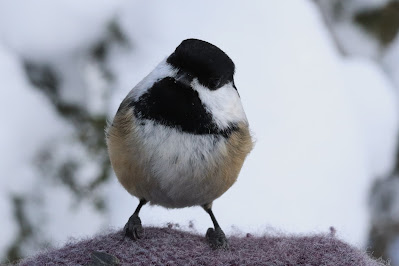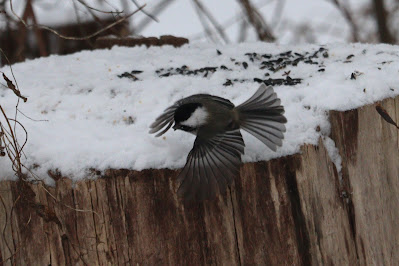Down By The Sarnia Bay:
When the ice melted, I ventured down to the Sarnia Bay on Jan. 29th. I didn't realize that the Common Loon which has been present for much of the winter was still in the area. It stayed fairly close to the boardwalk while diving and hunting for fish.
Some American Coots have been present at the Bay. This species was new to me for the year.
The diagnostic white bill is more noticeable in this closer bird.
Young male Common Goldeneye
Lots of Red-breasted Mergansers were swimming in the open water. One pair swam towards me and I noticed the male's bill was upturned. He seemed healthy and not bothered by the slightly irregular bill.


















































